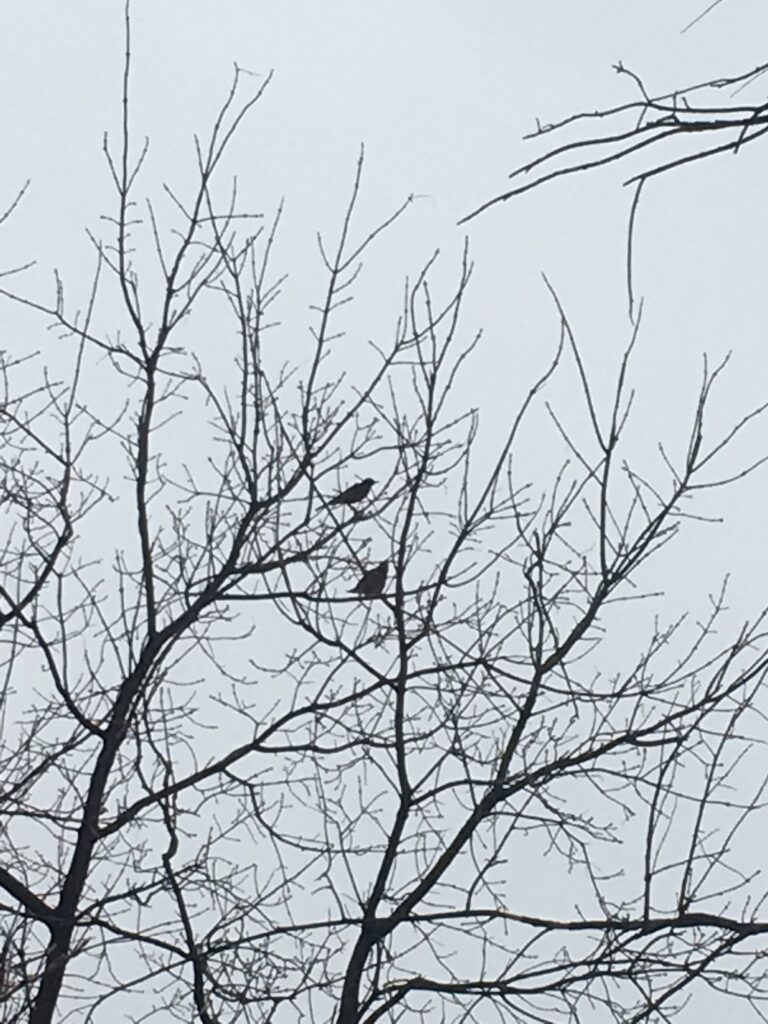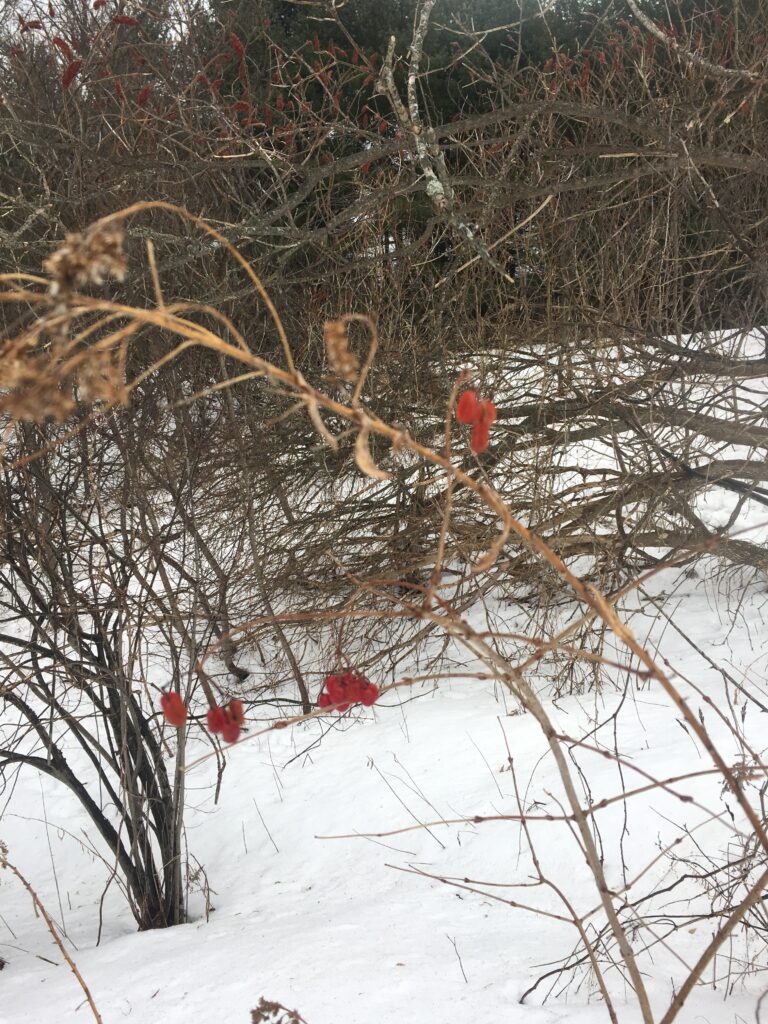Wildlife Activity
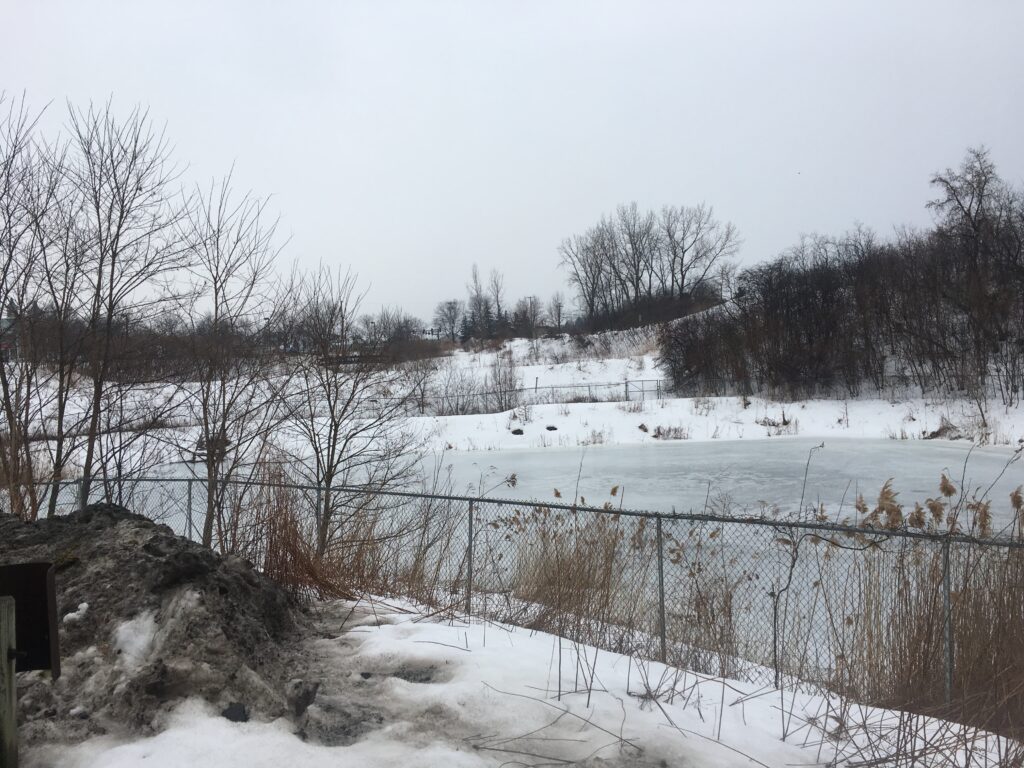
Revisiting my blog spot in late February, I saw very little visual change in my phenology site. Snow still covered a great deal of the ground and the stormwater retention pond was still covered in ice. That is because the greatest change that was occurring is in the sounds and the smell of the area. When I visited the stormwater retention pond it was raining and the first thing I noticed was the smell of spring. This smell is caused by a chemical reaction created when soil-dwelling bacteria, called actinomycetes, produce the compound geosmin. The areas that were free of snow were releasing this chemical.
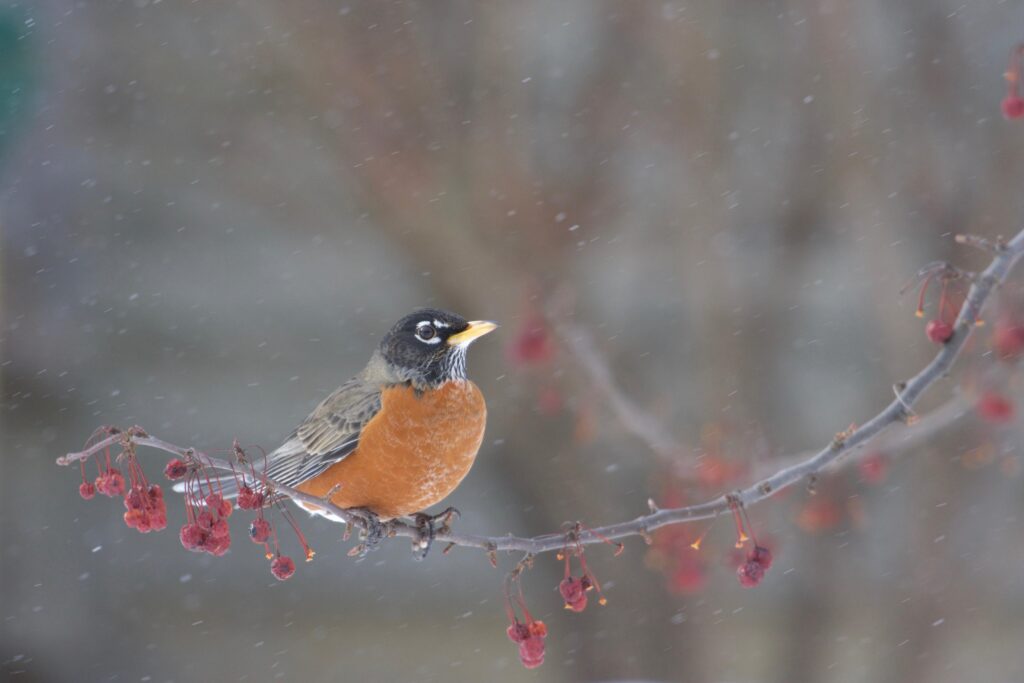
The other major change included a great deal of bird song, this mainly came from the many robins perching in the trees. Seeing the robins at my phenology spot was the first time I had seen robins in Burlington this year. They tend to migrate back from the southern US as well as central America during late February and late March, they are typically known as heralds of spring since they are one of the first groups of birds to migrate back and their easy identification. According to the Cornell Lab of ornithology, robins spend approximately 75% of their day perching quietly in trees while the rest of their time is spent foraging for food or calling to one another. The robin’s diet consists mainly of fruits when they are seen foraging for worms, they are hunting for their young. Therefore their diet during this time consists of the berries still clinging to some bushes. Robins are essential for the dispersion to many woody plant species, like many other birds they digest the fruit and then disperse the seeds in their fecal matter in different areas.
Robins also face many predators this time of year including hawks and owls, however, the largest threat to birds in areas like Burlington are domestic cats. Since robins tend to hop along the ground they are at risk of being hunted by free-roaming cats among many other tacks of humans and dogs I thought I made out cat prints according to the Mammal Tracks and Scat guide which is possible since there are residential areas not too far from my site. A free-roaming cat could wander the area in search of a bird. Now since robins are not endangered cats don’t create a great deal of a threat to their population. However, this can be a major issue for endangered bird species.
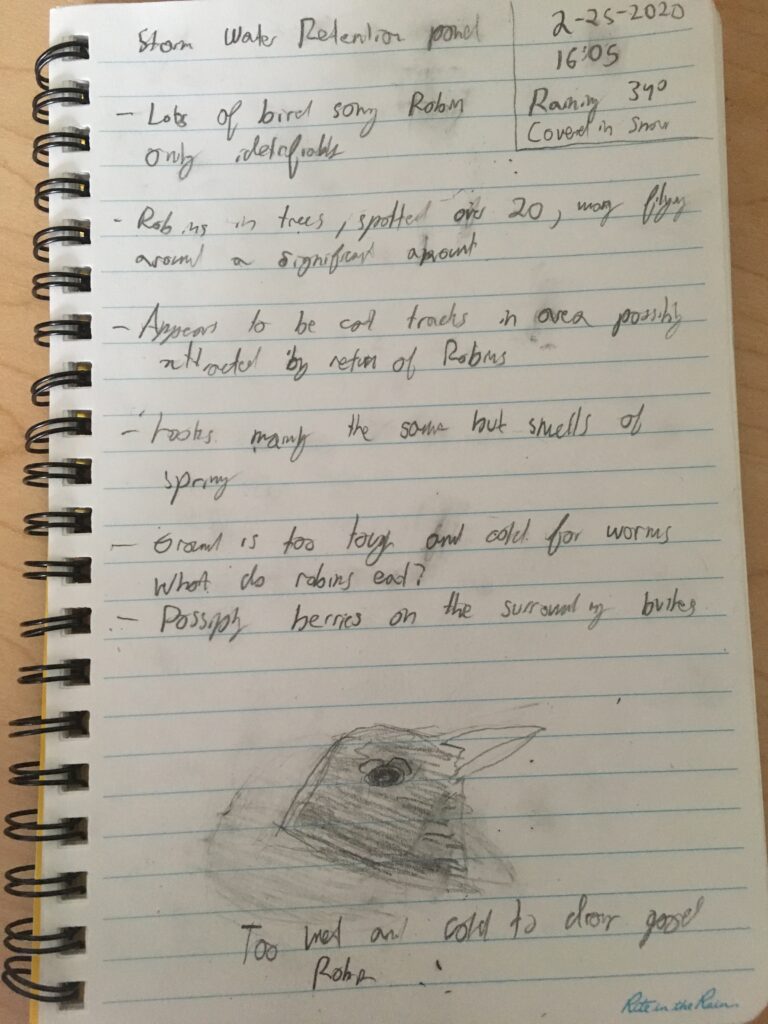
Citations:
American Robin. (n.d.). Retrieved February 29, 2020, from https://birdsna.org/Species-Account/bna/species/amerob/foodhabits
Cooper, E., Hyndmansays, M., Gogishvilisays, D., & Cooper Realty. (2016, January 11). The Chemical Compounds Behind The Smell Of Rain. Retrieved February 29, 2020, from https://www.compoundchem.com/2014/05/14/thesmellofrain/
Levine, L. (2014). Mammal Tracks and Scat.
